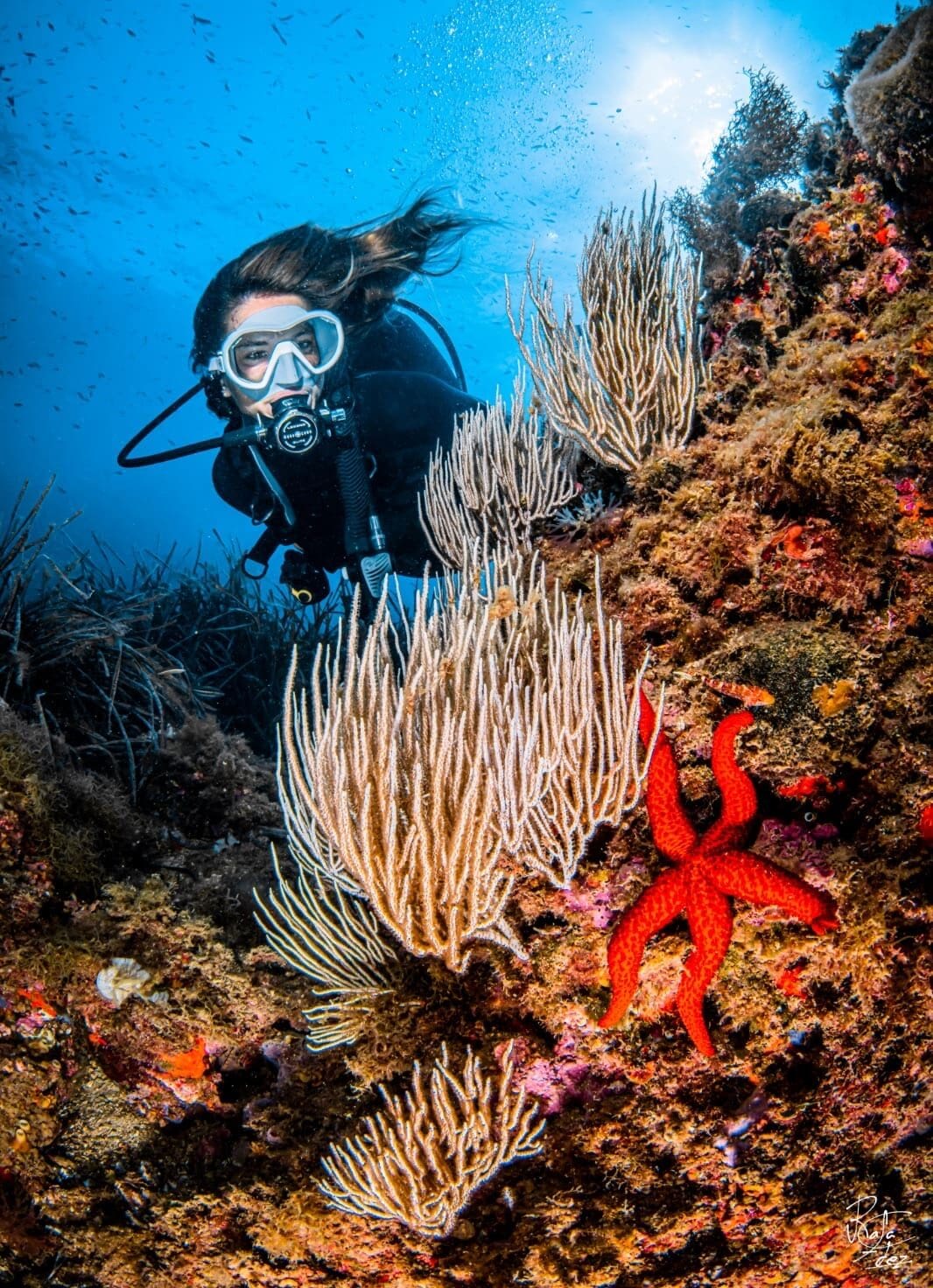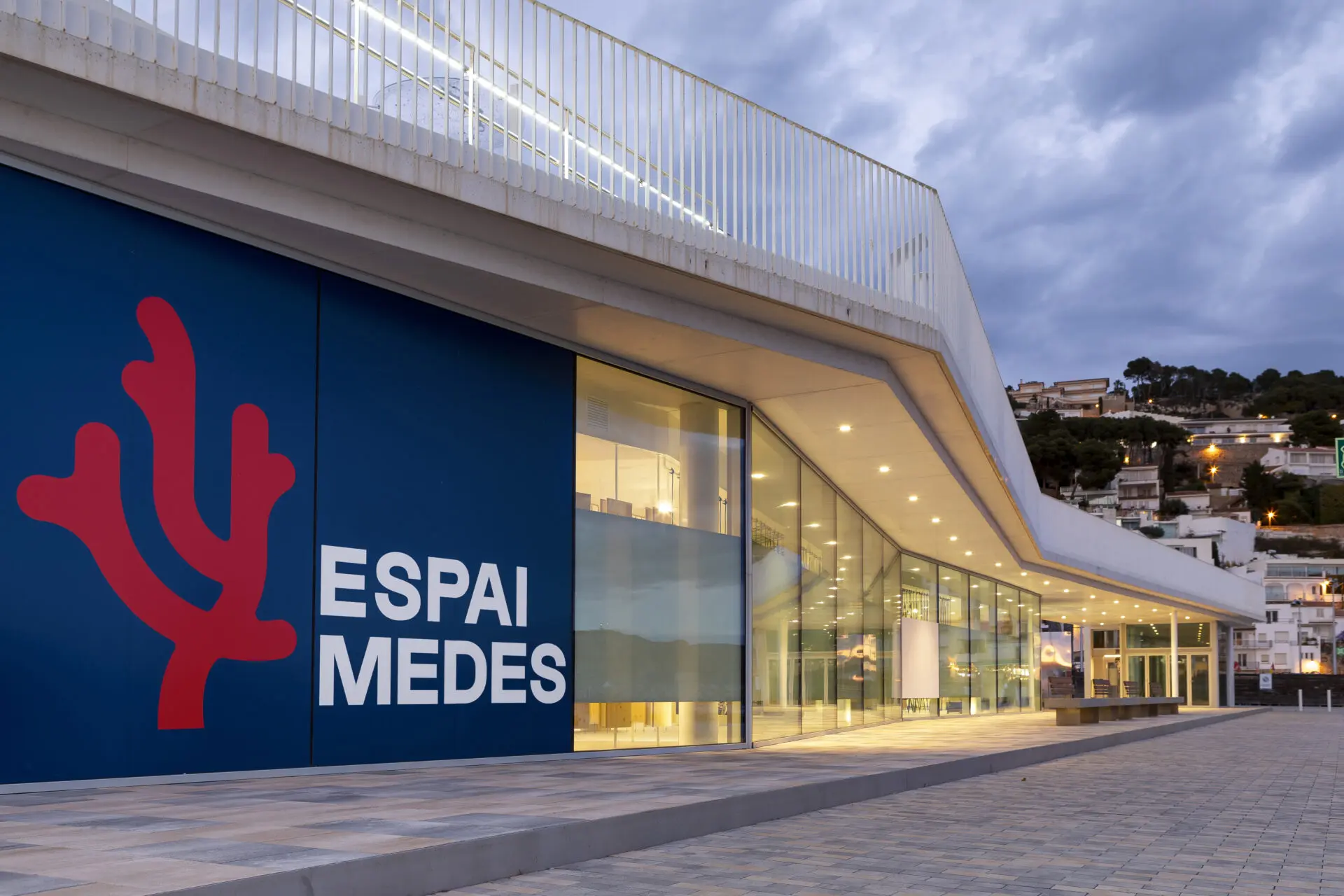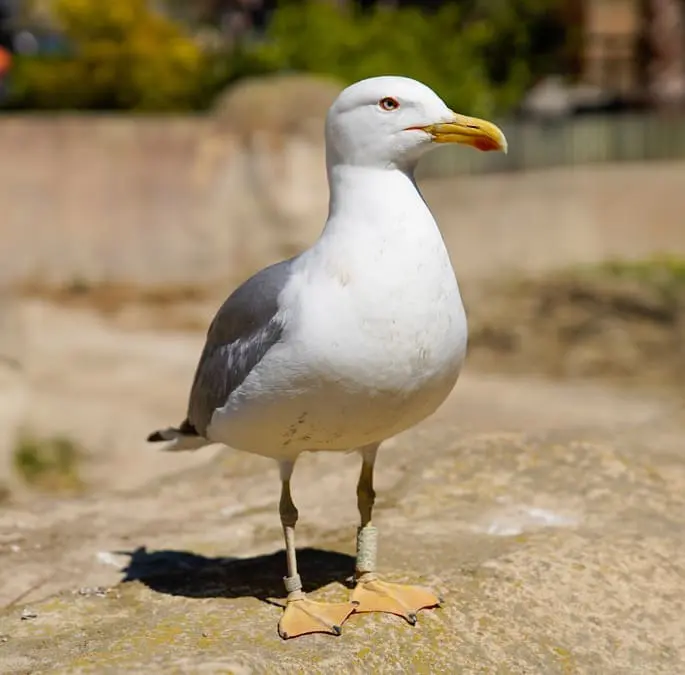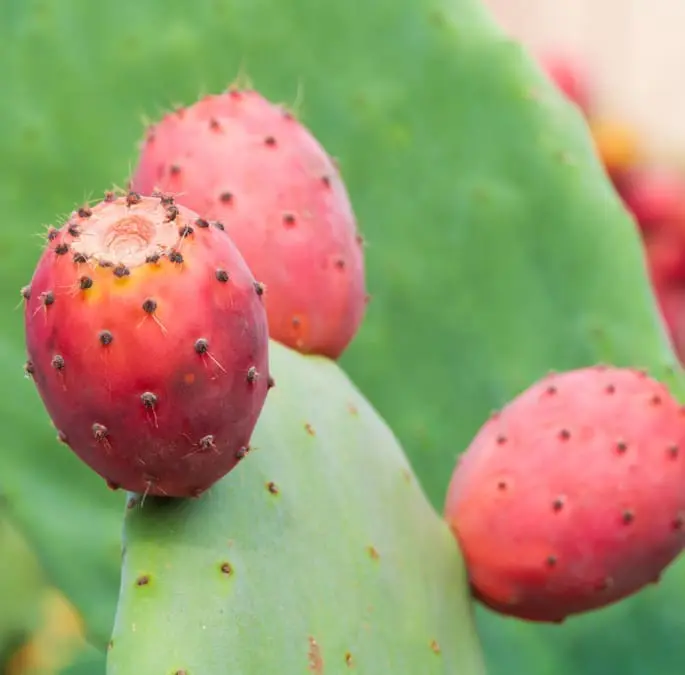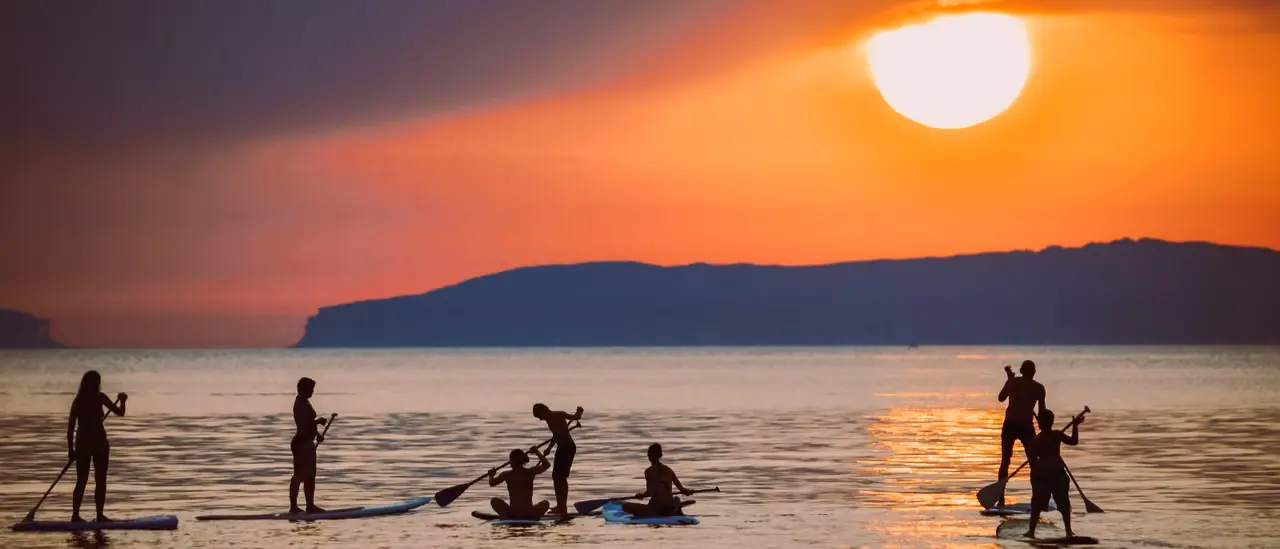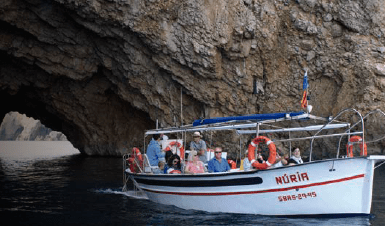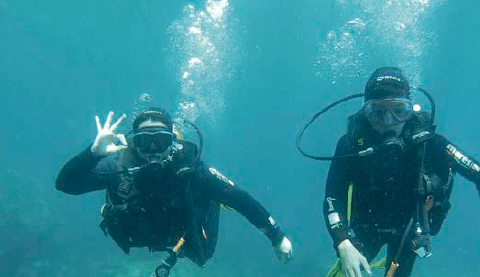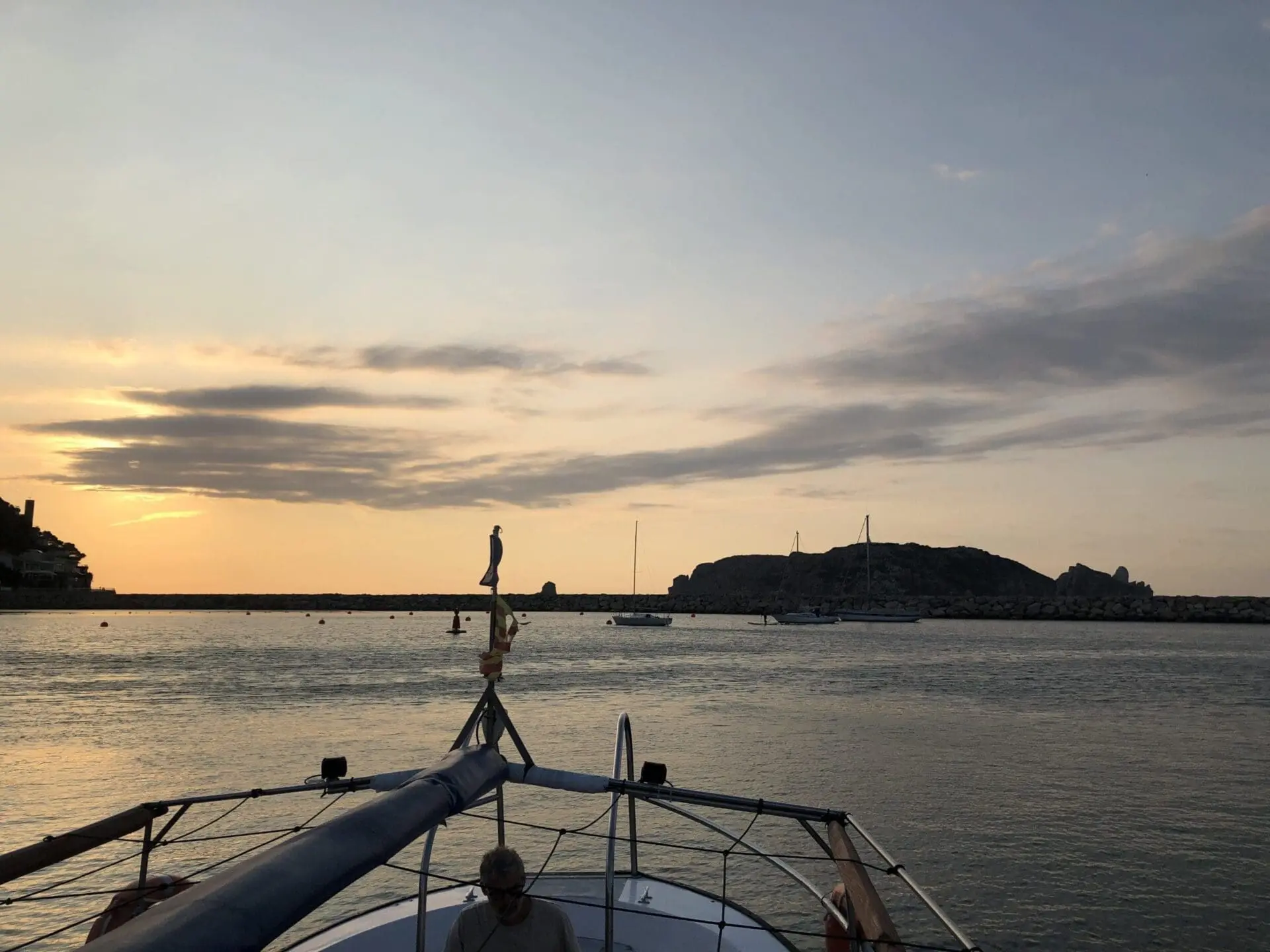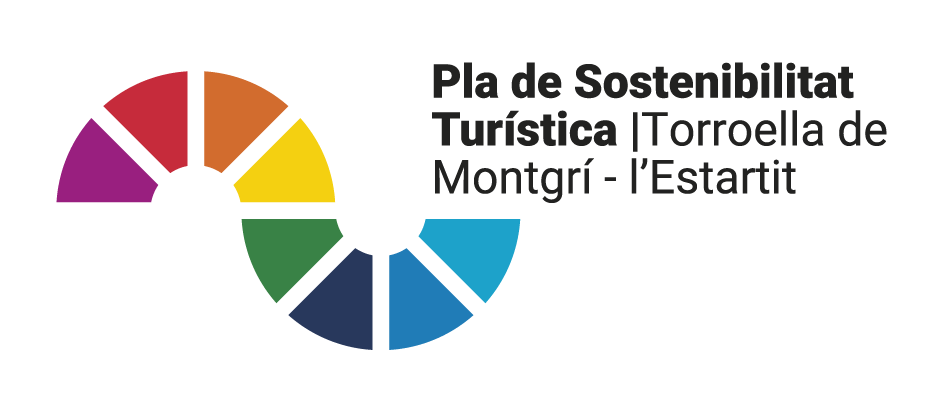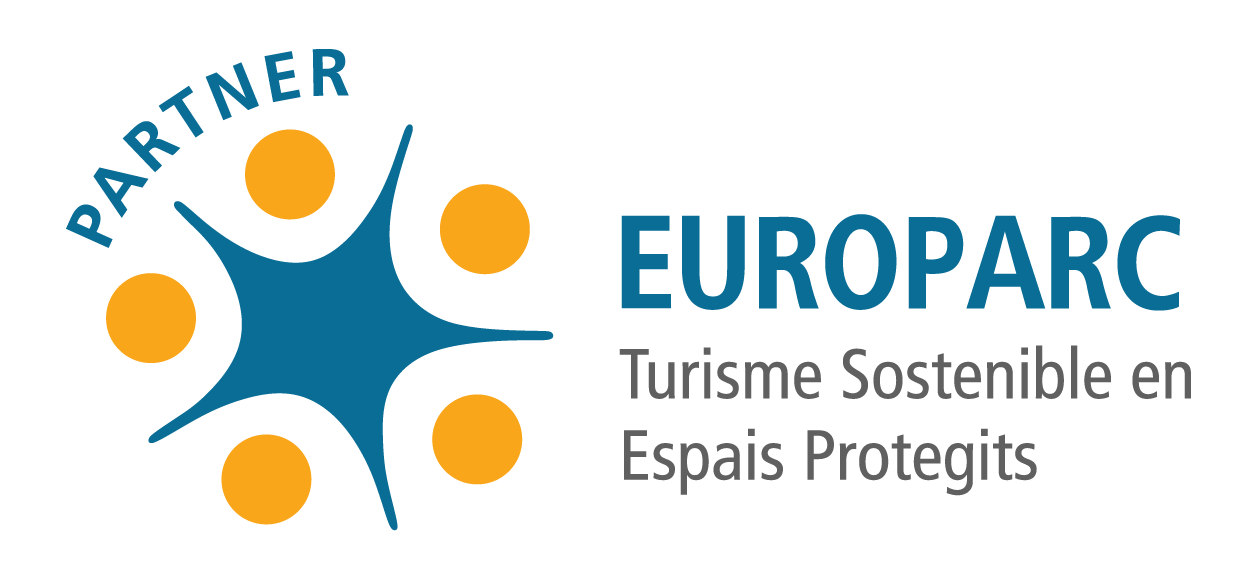The Medes Islands ecosystem is deservedly classified as the best natural reserve in the western Mediterranean.
The diversity of depths provides dives for all levels. In the shallow areas, we find a dense mantle of well-lit seaweeds and over a hundred brightly coloured species. At depths below 10-15 metres, we find light-deprived seaweeds, great rocks surrounded by coral, starfish, gorgonia, octopus and lobster. Below 20 metres we enter a darkness of coral and miniature forests of bright colours inhabited by over 600 species of fauna. The different depths provide diving opportunities for everyone from professional divers to absolute beginners, and all will enjoy the colourful spectacle of underwater marine life.




 Home
Home
